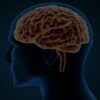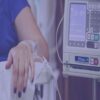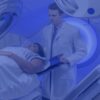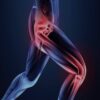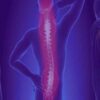What is "cardiovascular "
doctors may recommend surgery for a variety of reasons, including treating or preventing heart attacks and blood clots, addressing irregular heartbeats, opening blocked or narrowed arteries, repairing congenital heart problems, and fixing Damaged or diseased heart valves.
Some cardiovascular conditions require open surgery, but many are treated with less invasive techniques that use catheters and robotics.
- a primary care doctor
- cardiologist
- cardiovascular surgeon
- anesthesiologist and other specialists.
Cardiac catheterization:
Cardiac catheterization (cardiac cath or heart cath) is a procedure to examine how well the heart is working.
A thin, hollow tube called a catheter is inserted into a large blood vessel that leads to the heart.
Your doctor can perform various tests and treatments on your heart during a cardiac catheterization.
Your doctor may order a cardiac catheterization if you are exhibiting signs of heart disease such as:
- Chest pain.
- Shortness of breath.
- Pain or pressure in the shoulders.
- Pressure or pain in the shoulders, arms, jaw, neck or back.
- Evaluate chest pain on a patient recovering from a recent heart attack.
- Evaluate severe heart attack that caused major tissue damage.
- Evaluate abnormal electrocardiogram results that indicate heart disease.
- To look for problems with heart valves.
- To view the shape of your heart and the heart chambers inside it to identify heart defects prior to heart surgery.
- To measure oxygen and blood flow in the heart as well as evaluate how artificial heart valves are functioning.
all about
Heart valve:
What are heart valves and what is their function?
The valves ensure that blood flows in a single pathway through the heart by opening and closing in a particular time sequence during the cardiac cycle. Normal valves permit blood to flow in only one direction, for example, from the right atrium into the right ventricle. When heart valves become diseased or damaged, they may not fully open or close. This can seriously impair cardiac function by causing blood to leak backwards into cardiac chambers or by requiring heart chambers to contract more forcefully to move blood across a narrowed valve.
The valves of the human heart can be grouped in two sets:
1-Tricuspid valve, located between the right atrium and right ventricle
2-Bicuspid or mitral valve, located between the left atrium and left ventricle
1-Pulmonary semilunar valve, located at the opening between the right ventricle and the pulmonary trunk
2-Aortic semilunar valve, located at the opening between the left ventricle and the aorta.
What Are the Types of Heart Valve Disease?
There are several types of heart valve disease:
. All four valves can develop stenosis; the conditions are called tricuspid stenosis, pulmonic stenosis, mitral stenosis, or aortic stenosis.
In many cases, medication or lifestyle changes will reduce the effects of heart valve disease. But when surgical repair or replacement is necessary, our team has the expertise for even the most complex conditions.
all about
Heart battery :
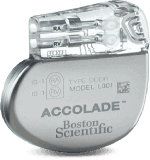
The heart is basically a pump made up of muscle tissue that is stimulated by electrical currents.
A pacemaker may be needed when problems occur with the electrical conduction system of the heart.
When the timing of the electrical stimulation of the heart to the heart muscle and the subsequent response of the heart’s pumping chambers is altered, a pacemaker may help.
There are different types of pacemakers:
- Single chamber pacemakers use one lead in the upper chambers (atria) or lower chambers (ventricles) of the heart.
- Dual chamber pacemakers use one lead in the atria and one lead in the ventricles of your heart.
- Biventricular pacemaker uses three leads: one placed in the right atrium, one placed in the right ventricle, and one placed near the left ventricle.
- If your heart is having trouble maintaining its own rhythm, you may need one. the doctors will do tests to find out for sure.
- Think of it as a car battery. One day your car won’t start, Turns out the battery or the connector cables are bad.
- So you replace the wire or the battery and save yourself from major repairs.


